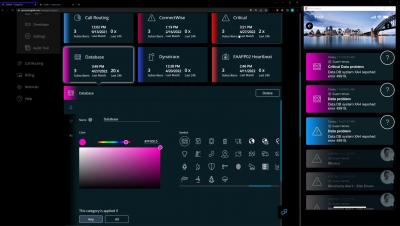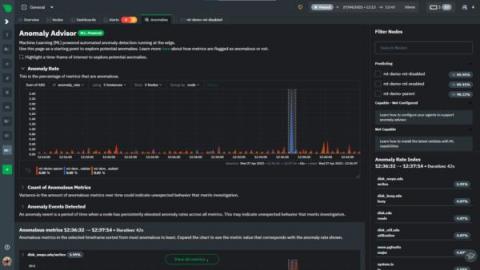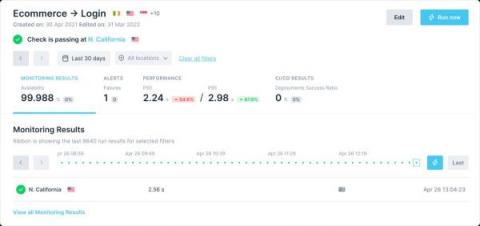Operations | Monitoring | ITSM | DevOps | Cloud
Technology
The latest News and Information on APIs, Mobile, AI, Machine Learning, IoT, Open Source and more!
4 Mobile Vitals to Keep a Pulse on Your Flutter Applications
Flutter is one of the fastest-growing open source cross-platform development frameworks. The likes of BMW, Google Pay, Tencent, and iRobot all use Flutter to quickly build and maintain mobile applications. In fact, Flutter was used by 42% of software developers in 2021, surpassing React Native as the most popular cross-platform mobile framework.
Best practices for monitoring mobile app performance
In a crowded and competitive market, mobile app developers must offer continuous availability and a frictionless user experience to minimize churn. Monitoring and maintaining mobile apps presents unique challenges. Since mobile apps run on a wide range of devices, it can be difficult to get clear visibility into client-side performance.
Open source technology in logistics sector
The word open source was first coined by Christine Petersen to a working group that was dedicated, with a goal to share open-source software practices in the broader marketplace. The working group values sharing of software for better use, cheaper offering and preventing vendor lock-in.
CNCF Live: Power up your machine learning - Automated anomaly detection
Our Analytics & ML lead Andrew Maguire recently had a chance to share our new Anomaly Advisor feature with the wider CNCF community. In his demonstration he did some light chaos engineering (using Gremlin and stress-ng) to generate some real anomalies on his infrastructure and watch how it all played out in the Anomaly Advisor in Netdata Cloud. There were also some great questions and discussion from the audience around ML in general and in the observability space itself.
Top 6 Technological Innovations That Can Improve Your Business
Using AI & ML for Application Performance (APM)
Today, IT and site reliability engineering (SRE) teams face pressure to remediate problems faster than ever, within environments that are larger than ever, while contending with architectures that are more complex than ever. In the face of these challenges, artificial intelligence has become a must-have feature for managing complex application performance or availability problems at scale.
CLI Installer
While new cloud native architectures are incredibly feature-rich, they can come with a high barrier to entry. Many getting started tutorials are pages long and can take forever to complete. But these always start with the first step of performing an installation. In the spirit of making the installation of Speedscale as simple as possible, we have designed a new interactive installer as part of the speedctl command line interface.
The new Check Overview is now live!
Today, I'm excited to share the release of a long-planned and requested feature - our new Check Overview Page. Until now, Checkly enabled you to troubleshoot single alerts, but a deep dive into the long-term performance trends was limited. That is not the case anymore. In the new Check Overview, we’re introducing the enhanced analytics in four distinct categories: The update is focused on two important outcomes.
Machine learning model can distinguish antibody targets
A new study shows that it is possible to use the genetic sequences of a person’s antibodies to predict what pathogens those antibodies will target. Reported in the journal Immunity, the new approach successfully differentiates between antibodies against influenza and those attacking SARS-CoV-2, the virus that causes COVID-19.











